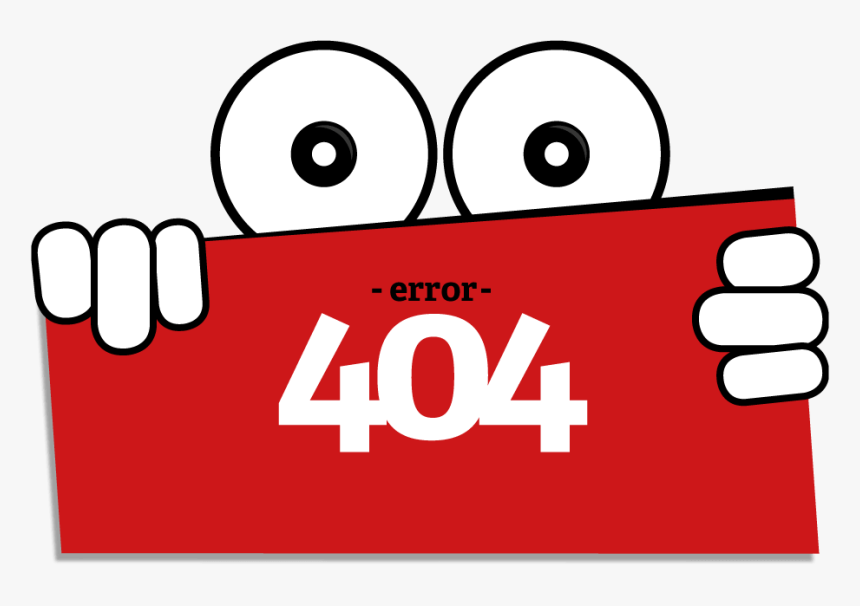
4 0 4
Oops, it looks like you are lost ...
EN ISO 11612 Protective clothing against thermal risks This standard is applicable to protective clothing for workers exposed to heat and flames, specifies requirements and methods of outcome trials of materials used in clothing and recommendations regarding the form of the garment if needed. The clothing consists of garments made of flexible materials for protecting specific body parts. The hoods and leggings are included in the standard, while others are excluded head protection, hand and foot. This standard also covers protective clothing worn by firefighters or welders, unless specified otherwise in specific standards standards for these sectors. Features: • You can not shrink more than 3% after 5 cleaning cycles. • There must be sufficient overlap between the jacket and pants. • The legs of the trousers must cover the top of the shoes must be hemmed and not outward. • The pockets are mandatory and covers at least 20 mm larger than the pocket. • The metal fasteners must be covered or treated to prevent sticking of the molten metal. • The external seams should be directed downward. • Closures must be of the fast, to allow the clothes out in the minimum time in an emergency. • There must be a special reinforcement in the area that is exposed to risk (legs, neck and shoulders). Heat can be in the form of convective heat, radiant heat, molten metal projection or a combination of these risks. Clothing that meets this standard shall comply with the criterion optimal limited flame spread (code A) and obtaining at least level 1 for at least one of the other criteria (code B to E). CODE A - limited flame propagation, according to EN 15025: Fabric tested to EN 15025. A1 = surface flame hold 10 sec. A2 = seam enduring flame 10 sec. • No sample is burnt in the upper part or at the seams after the flame test. • No sample is burned making a hole. • No sample has generated calls or blown into droplets. • During the test flame should last = 2 s. CODE B - Convection Heat resistance *, according to EN 367: The speed and heat transfer ratio is determined by applying a heat source to the outside of the measuring equipment and time as the temperature rises above 24 ° C (temperature limit from which produce second-degree burns). B1 = 4 to 9 seconds. B2 = 10 to 19 seconds. B3 = 20 seconds. CODE C - Resistance to radiant heat *: The procedure is to measure the time until the temperature rises to a level that can cause second degree burns while the tissue is subjected to a heat intensity 20KW / m². C1 = 7 to 19 seconds. C2 = 20 - 49 seconds. C3 = 50 to 94 seconds. C4 = 95 seconds. CODE D - Protection against splashes of molten aluminum, according to EN 373: During this test, the tissue (inside provided with a PVC film made of human skin) is sprayed with four times the minimum amount (to meet the EN 373) of molten aluminum droplets. After testing the PVC film must be kept in good condition. D1 = 100 - 200 grams. D2 = 201-350 g. D3 = more than 351 grams. CODE E - Protection against molten metal splash, according to EN 373: During this test, the tissue (inside provided with a PVC film made of human skin) is sprayed with four times the minimum amount (to meet the EN 373) of molten metal droplets. After testing the PVC film must be kept in good condition. E1 = 60-120 grs. E2 = 121-200 g. E3 = above 201 grs. CODE F - Protection against contact heat, according to ISO 12127: Contact heat 250 ° C. F1 = 5-9 seconds. F2 = 10 to 14 seconds. F3 = 15 seconds. * Convection Heat resistance: during which time the clothing is able to delay the transfer of heat from a flame. * Resistance to radiant heat: time required to reach a certain temperature.

Oops, it looks like you are lost ...